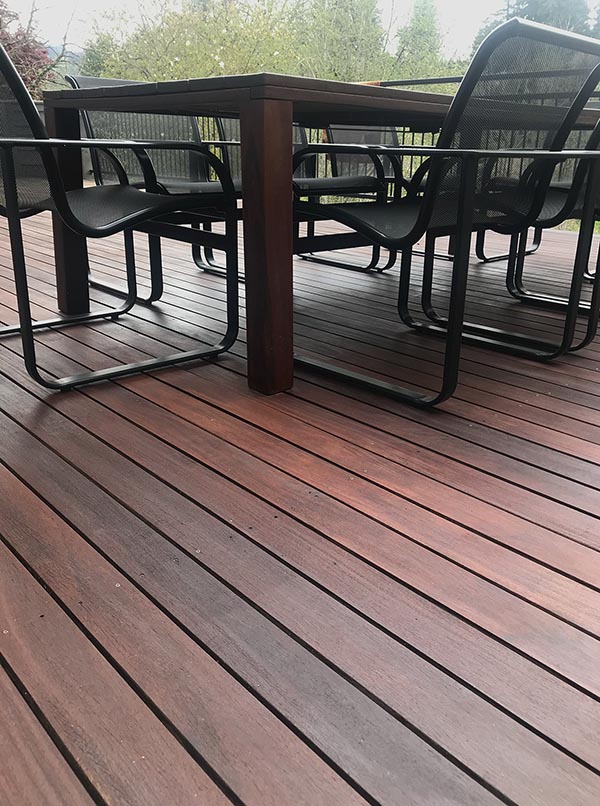Enhanced Protection: Fence Staining and Sealing Solutions
Enhanced Protection: Fence Staining and Sealing Solutions
Blog Article
Picking the Right Discoloration for Your Fence: Tips and Factors To Consider
When it involves maintaining and boosting the appearance of your fencing, selecting the right tarnish is critical. With a large selection of choices available, it can be overwhelming to identify which tarnish will ideal suit your demands. This guide will supply you with considerations and ideas to help you make a notified choice. We will certainly check out the various kinds of fencing spots, variables to consider prior to choosing a stain, ideas for preparing your fence for staining, and the distinctions between water-based and oil-based stains. Furthermore, we will certainly look into selecting the ideal stain color to complement your fencing and boost your outdoor space. By complying with these standards, you can make sure that your fencing continues to be safeguarded and aesthetically pleasing for several years to find.
Understanding Different Types of Fence Discolorations

On the various other hand, water-based spots are made from acrylic or latex and supply a more subtle color to the wood. They create a safety movie externally of the wood, avoiding wetness from leaking in and safeguarding versus UV damages. Water-based spots are less complicated to clean up and have a quicker drying out time compared to oil-based spots. They are additionally less likely to fade or break gradually.
Picking between water-based and oil-based spots depends upon numerous factors, consisting of individual choice, the desired appearance, and the degree of maintenance needed. Oil-based stains are suggested for surround high-traffic locations or those regularly subjected to severe weather conditions. fence staining. Water-based discolorations, on the other hand, are a prominent selection for fence suburbs where look and simplicity of use are crucial
Recognizing the distinctions between oil-based and water-based discolorations aids home owners make a notified decision when choosing the appropriate stain for their fence. Taking into consideration the particular needs of the fencing, such as its place, direct exposure to sunlight, and desired visual, will ensure that the picked discolor provides durable security and improves the overall beauty of the fencing.
Elements to Consider Prior To Choosing a Stain

Different types of wood absorb spots differently, resulting in differing levels of color strength and durability. Furthermore, certain timbers may be a lot more prone to problems like rot or insect problem, which may affect the selection of stain to maintain the fence and shield.
The environment and climate condition in your area need to also be taken into account. You might require a stain that gives added security versus wetness and UV rays if you live in a location with rough winters or high humidity. If your fence is exposed to route sunshine for lengthy periods, a tarnish with UV preventions can aid protect against fading and staining.
Last but not least, it's essential to consider your preferred aesthetic. Various discolorations use different shades and finishes, enabling you to customize the look of your fencing (fence staining and sealing). Take into consideration the total style and design of your building, along with any type of regional guidelines or house owner organization guidelines that might dictate the acceptable stain shades
Tips for Preparing Your Fencing for Staining
To prepare your fence for discoloration, begin by completely cleaning the surface using a light detergent and a stress washing machine or scrub brush. Cleaning the fence is a vital step as it gets rid of dirt, grime, and any type of previous click for more info finishes that may interfere with the discoloration process. Begin by wetting the fencing with water and then use a moderate detergent utilizing a scrub brush or a stress washer with a low-pressure setup. Scrub the surface area gently, paying additional attention to areas with persistent stains or mold and mildew. Rinse the fencing thoroughly with tidy water to remove all traces of detergent.
This step is critical as discoloring a damp or wet surface area can lead to inadequate adhesion and an uneven finish. Ensure that the fence is completely dry before proceeding with the staining process.
Before staining, inspect the fence for any type of problems, such as loosened boards or nails. Repair any type of issues to guarantee that the fence is structurally audio. In addition, consider applying a timber conditioner or brightener to the surface. This item aids to open up the timber pores, permitting the tarnish to pass through a lot more effectively and uniformly.

Comparing Water-Based and oil-based Spots
When picking a tarnish for your fence, it is crucial to contrast the attributes and benefits of water-based and oil-based stains. Both kinds of spots have their very own benefits and considerations, so it is vital to understand the differences in between them.
Oil-based discolorations are recognized for their toughness and resistance to tear and wear. Additionally, oil-based spots often tend to last longer than water-based stains, making them a prominent selection for fences.
On the other hand, water-based discolorations are extra ecologically friendly and easier to clean up. They have a reduced VOC (unstable natural compound) web content, which means they launch less hazardous fumes into the air. Water-based spots likewise completely dry faster, enabling a quicker application and less downtime. They may not provide the very same degree of security as oil-based stains, specifically in harsh weather conditions.
Ultimately, the selection between oil-based and water-based stains relies on your certain needs and choices. Consider variables such as durability, ecological impact, and simplicity of application when making your decision. Consulting with a specialist or seeking suggestions from specialists can likewise help make sure that you choose the ideal tarnish for your fence.
Selecting the Right Discoloration Color for Your Fencing
The option of a proper stain shade for your fencing is a crucial aspect of enhancing its visual charm and complementing the overall design of your exterior area (fence staining nashville tn). The best tarnish color can change a plain, ordinary fencing right into a striking centerpiece that includes depth and personality to your residential property
When choosing a tarnish color for your fence, it is very important to think about the design and architecture of your home. Natural tones such as neutrals and browns can develop a warm and welcoming appearance if you have a standard or timeless design home. On the various other hand, if you have a modern or modern home, you may take into consideration going with vibrant and dynamic shades that make a declaration.
Another aspect to take into consideration is the all-natural surroundings of your home. If you have a lot of greenery, a stain color that matches the all-natural landscape, such as greens or deep reds, can develop a cohesive and unified look.
In addition, it's worth taking into consideration the upkeep needed for different tarnish colors. Lighter colors often tend to reveal dust and use even more conveniently, while darker shades can conceal imperfections and require less regular touch-ups.
Eventually, the option of discolor color for your fence need to mirror your individual design and choices - deck staining nashville tn. Put in the time to explore various alternatives and consult with specialists if needed, to guarantee that you choose the perfect stain color that improves the elegance and appeal of your fence
Final Thought
In final thought, when it comes to picking the appropriate tarnish for your fence, it is essential to understand the various kinds of stains available and consider factors such as resilience and wanted look. Selecting the appropriate discolor color can boost the general aesthetic appeals of your fence.
We will certainly check out the different kinds of fence discolorations, aspects to think about prior to selecting a stain, pointers for preparing your fence for discoloration, and the distinctions between water-based and oil-based spots.Separating in between oil-based and water-based spots is important when understanding various types of fencing stains. Water-based discolorations are simpler to cleanse up and have a faster drying out time contrasted to oil-based spots. Additionally, oil-based spots often tend to last longer than water-based spots, making them a preferred choice for fencings.
In verdict, when it comes to choosing the ideal stain for your fence, it is vital to understand the various kinds of stains offered and take into consideration elements such as durability and preferred look.
Report this page